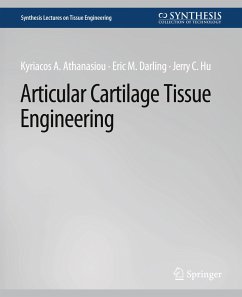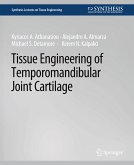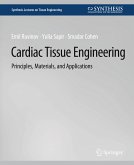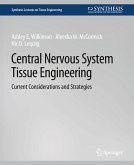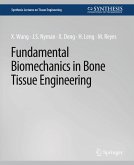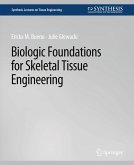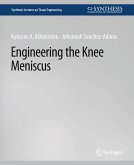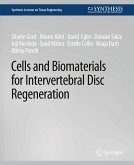Cartilage injuries in children and adolescents are increasingly observed, with roughly 20% of knee injuries in adolescents requiring surgery. In the US alone, costs of osteoarthritis (OA) are in excess of $65 billion per year (both medical costs and lost wages). Comorbidities are common with OA and are also costly to manage. Articular cartilage's low friction and high capacity to bear load makes it critical in the movement of one bone against another, and its lack of a sustained natural healing response has necessitated a plethora of therapies. Tissue engineering is an emerging technology at the threshold of translation to clinical use. Replacement cartilage can be constructed in the laboratory to recapitulate the functional requirements of native tissues. This book outlines the biomechanical and biochemical characteristics of articular cartilage in both normal and pathological states, through development and aging. It also provides a historical perspective of past and current cartilage treatments and previous tissue engineering efforts. Methods and standards for evaluating the function of engineered tissues are discussed, and current cartilage products are presented with an analysis on the United States Food and Drug Administration regulatory pathways that products must follow to market. This book was written to serve as a reference for researchers seeking to learn about articular cartilage, for undergraduate and graduate level courses, and as a compendium of articular cartilage tissue engineering design criteria.Table of Contents: Hyaline Articular Cartilage / Cartilage Aging and Pathology / In Vitro / Bioreactors / Future Directions
Bitte wählen Sie Ihr Anliegen aus.
Rechnungen
Retourenschein anfordern
Bestellstatus
Storno

